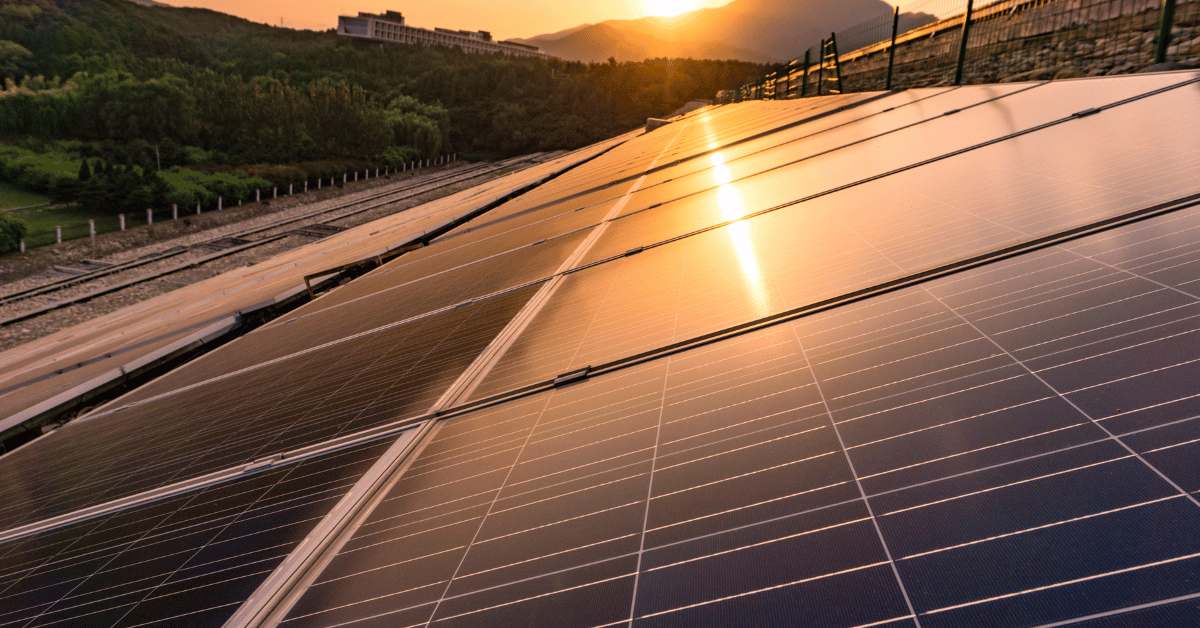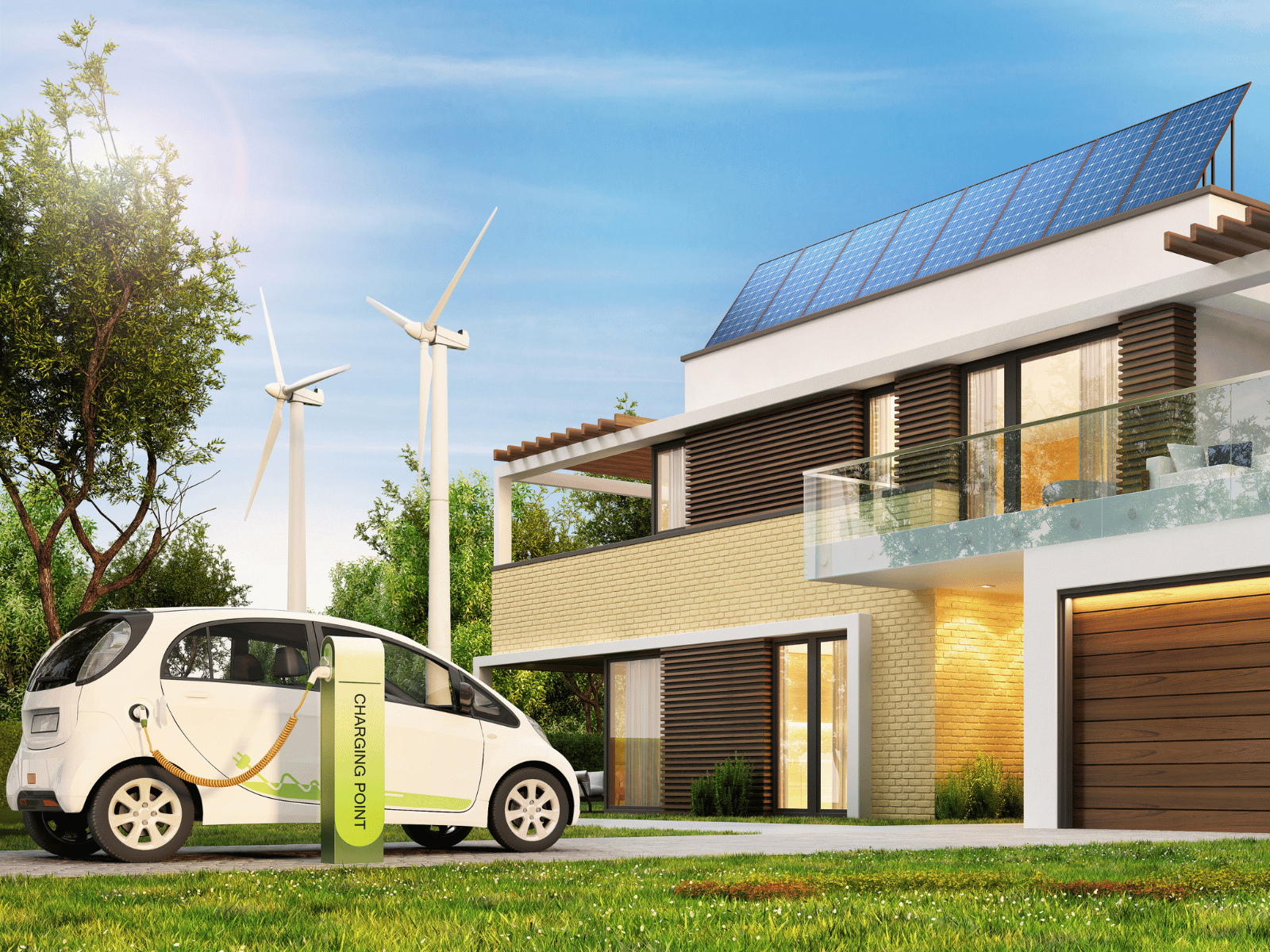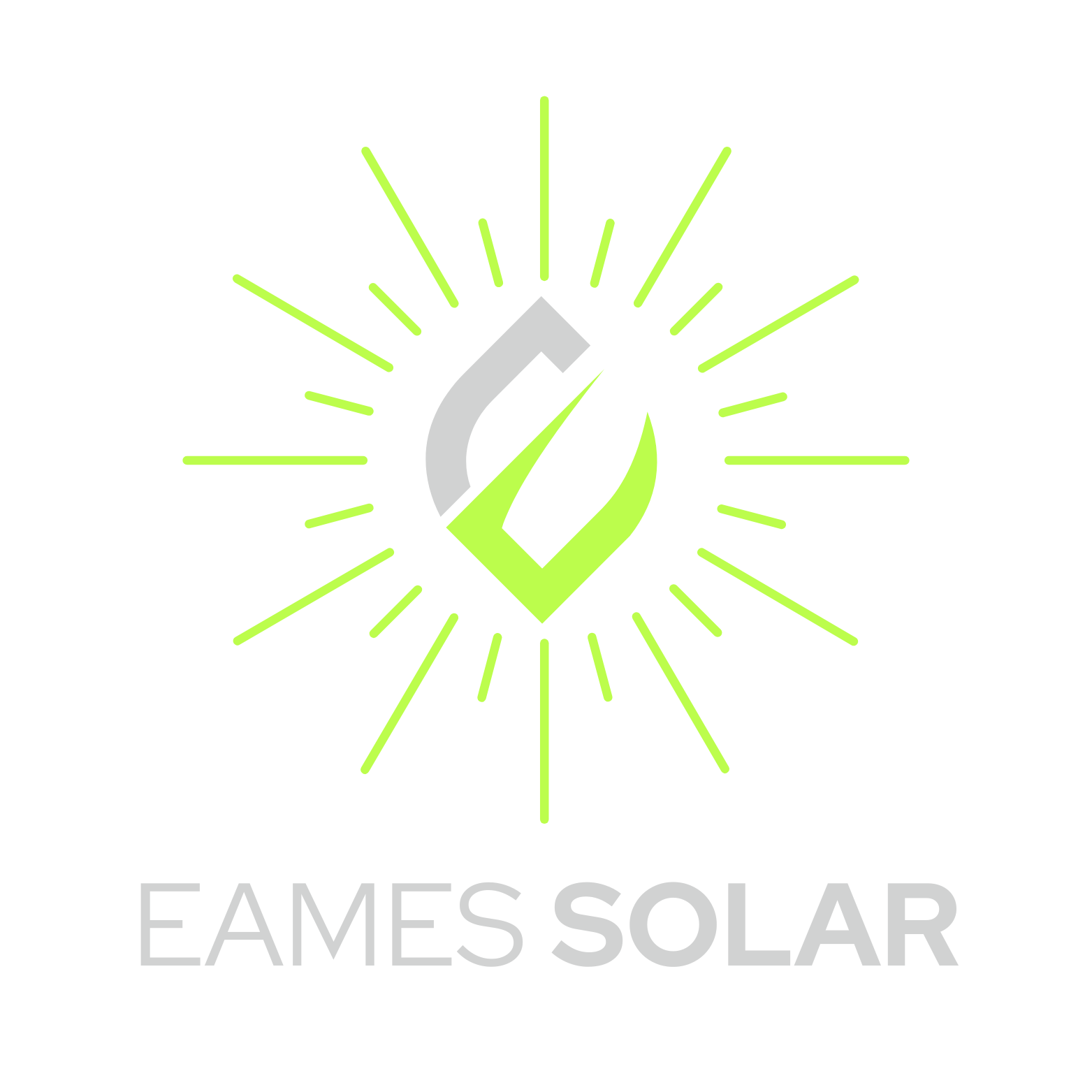The third quarter of 2023 marked a historic achievement for the United States in terms of energy storage capacity, with a new solar record of 7,322 MWh brought online. This significant milestone was revealed in the latest “US Energy Storage Monitor” report by Wood Mackenzie and the American Clean Power Association (ACP).
In the grid-scale segment, quarterly installations experienced a remarkable 27% quarter-on-quarter (QoQ) increase, reaching 6,848 MWh. This not only set a new solar record for megawatts but also for megawatt-hours installed in the third quarter.
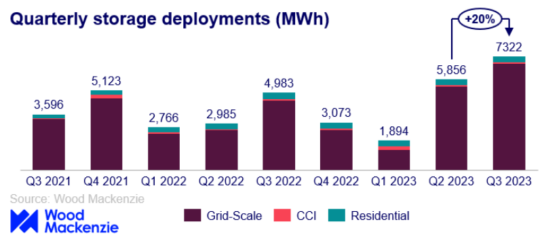
“A Leading Technology of Choice”
Frank Macchiarola, Chief Policy Officer of the ACP, emphasized the substantial growth in energy storage deployment, highlighting its increasing importance in the nation’s energy mix. Macchiarola stated, “With another quarterly record, it’s clear that energy storage is increasingly a leading technology of choice for enhancing reliability and American energy security. This industry will serve as the backbone of our modern grid.”
The cumulative volume of installations from Q1 to Q3 in 2023 already surpassed the total volume for the entire year of 2022, totaling 13,518 MWh compared to the 11,976 MWh recorded in 2022.
Despite the impressive Q3 solar record for installation, the report noted that around 80% of projects initially expected for Q3 were delayed, limiting the potential for an even greater record.
California Leads the Way
In the residential segment, there was a notable rebound from the low volumes recorded in Q2, with installations reaching 166.7 MW and 381.4 MWh in Q3—a 29% increase QoQ in megawatt-terms. California led the way with a nearly doubled installed capacity QoQ, installing 78.4 MW. Other states combined for 88.31 MW, just shy of the 89.53 MW deployed in the previous quarter.
In contrast, the community, commercial, and industrial (CCI) storage segment experienced a 7% QoQ decline, finalizing installations at 30.3 MW and 92.9 MWh. While California saw a 35% increase QoQ, Massachusetts recorded no community storage deployments, impacting the overall volume.
What’s Coming Next?
Looking ahead, the U.S. storage market is projected to install around 63 GW between 2023 and 2027 across all segments, representing a 5% decline from the Q2 forecast. The grid-scale segment faces challenges, leading to a 7% average decrease in the remaining forecast. Factors such as supply issues, permitting challenges, and a backlog of applications in interconnection queues contributed to the volatility in the near-term pipeline for grid-scale projects.
Residential forecasts for 2023 increased by 4%, with the California market gaining momentum in Q3 after the implementation of new net-metering rules. However, growth in the residential segment is expected to double between 2023 and 2025, with a slowdown in the later forecast period due to heightened solar penetration in California. Incentive programs and solar compensation rates will continue to play a crucial role in predicting growth.
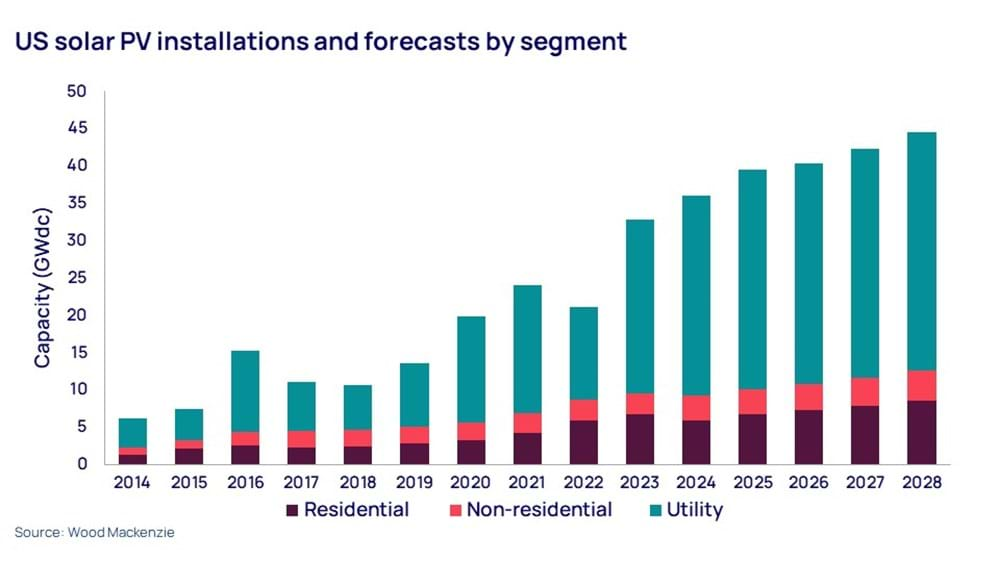
Factors Affecting Solar Energy Installation
Challenges in interconnection queues and a lack of state policy incentives have limited the Community, Commercial, and Industrial (CCI) segment. The 2023 CCI segment forecast declined by 12% QoQ. Factors such as low installation volumes between Q1 and Q3 contributed to this decline. The segment is anticipated to double in 2024 as California introduces its community solar and storage program. Commercial and industrial storage is expected to become a larger share of the forecast in 2025 and beyond, bringing geographic diversity to the U.S. market.
In summary, the third quarter of 2023 showcased the continued growth and significance of energy storage in the United States. Despite some delays in projects, the overall trajectory indicates a robust future for the industry, with the residential sector leading the charge and the CCI segment poised for substantial growth in the coming years. As the nation strives for a more sustainable and reliable energy landscape, energy storage emerges as a pivotal player in shaping the modern grid.
Learn about the solar power myths and misinformation that impact home and business owners’ decision making in solar energy.

